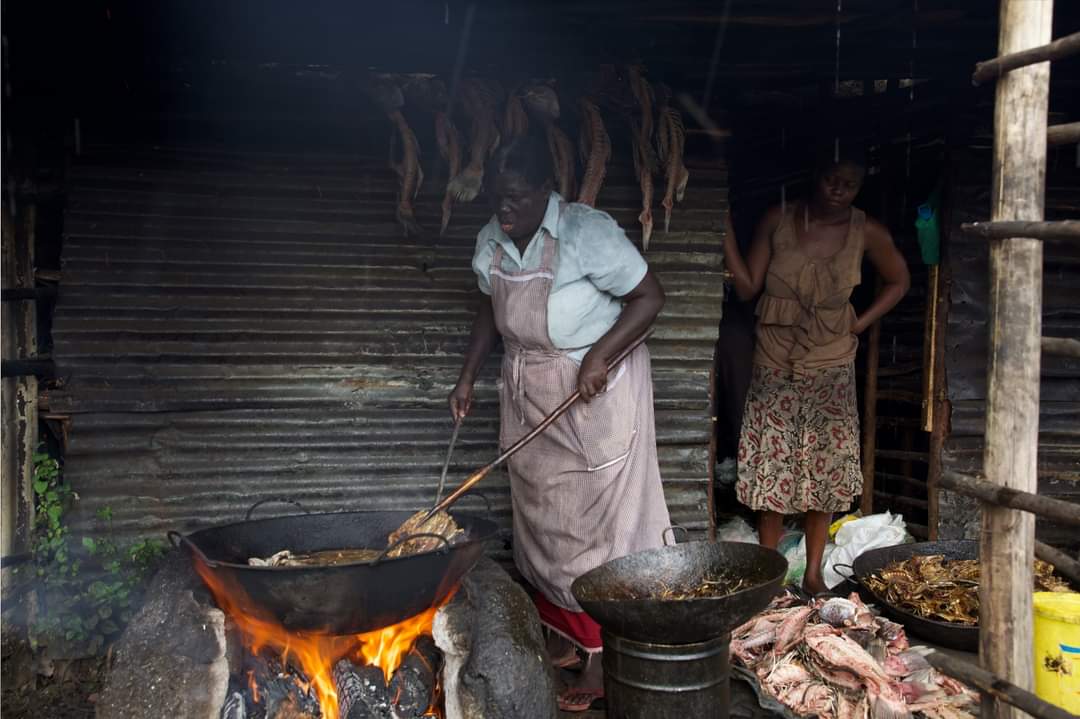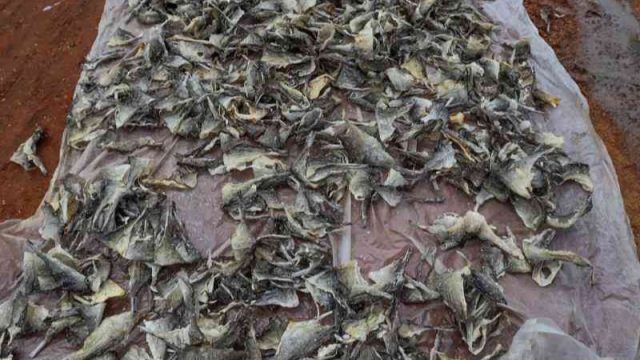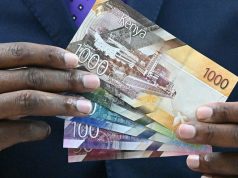In the recent past, fishmongers from parts of the vast Nyanza Region have been making a fortune from selling fish by-products.
At the Obunga market, Carren Anyango has been earning an income with by-products from Nile Perch, one of the most popular fish species in the area.
The Nile Perch by-products consist of fish skin, fish frames, fish eggs, fish fats, bones, intestines and fish fillets.
Here is Anyango’s story as told by EAFeed.
For 11 years, Anyango has been harvesting Nile Perch skins which she uses to make leather and other products out of it.
The skins have been used to make shoes, belts, handbags, earrings and bracelets among other products.
Anyango runs a shop where she converts the skins to leather, in a process that takes about five days to complete.
“Each process takes between five to six hours. This process involves the use of chemicals, so I have to allow the chemicals to do their work properly before moving to another step if I have to come up with a fine product,” she said.

In an interview with Standard, Anyango noted that she has to use a particular size of the skin to ensure that she gets the right amount of chemicals to use in the process.
The process starts by aligning the skin to remove the scales, shortly before a chemical is added to complete a process called delining.
The delining process is where Anyago has to remove all the scales which may be deep within the skin to make it light.
She would then move to the third stage which involves the process of greasing the skin, using paraffin as a greasing agent, to enable the skin to hold itself together.
The next step involves Anyango adding strong and weak acids to the product, and leaves it for a day before she adds another chemical that is used for the fixation stage where the chemical holds the product together.
After this final stage, the product will be left for another day after adding to it a turning agent.
The end product is a wet blue leather which will need a lot of ironing and coloring depending on the customer’s preference.
“For Ironing of the leather to make it smooth, I have to take it to Kenya Industrial Research Development Institute (KIRDI) which is here in Kisumu luckily,” she said.
Having been in the business for over a decade, this venture has seen Anyango visit different countries as a trainer and consultant on leather products.
She has been to Lebanon, Rwanda, Tanzania and Egypt where she did consultancy work on training about leather to university students and women groups.









